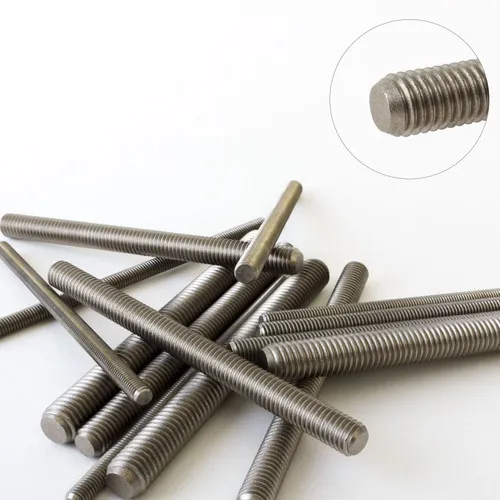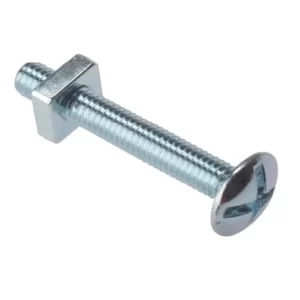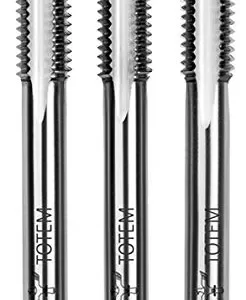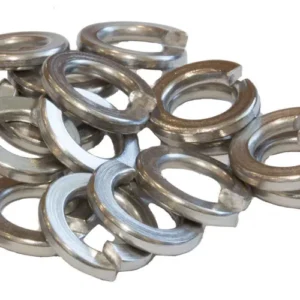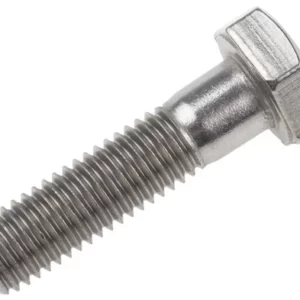Full Body/All-Thread Rods: These rods are threaded along their entire length. They offer great flexibility in terms of length because they can be cut to desired sizes and used with corresponding nuts and washers.
Double-End Rods: These rods have threads at both ends with an unthreaded section in the middle. They are commonly used where a rod needs to be bolted down at both ends.
Single-End Rods: These have threads on one end only, useful in applications where only one end will be secured with a nut.
Uses:
- Construction: Used for securing wood or metal together, anchoring objects to concrete, hanging sheet metal, and supporting plumbing and electrical installations.
- Manufacturing: Often used in assembly processes, especially in machinery and vehicles, where they function as studs for attaching different components.
- Maintenance: Handy in repair work for replacing bolts or creating custom bolts where standard bolts cannot be used.
Installation and Application:
- Measuring and Cutting: Threaded rods can be cut to specific lengths with a hacksaw or angle grinder.
- Securing: Nuts and washers are typically used to secure the rod in place.
- Anti-corrosion Measures: In outdoor or harsh environments, using materials like stainless steel or coated rods can prevent rust and corrosion.
Advantages:
- Versatility: They can be used in a variety of applications and are adaptable to many situations due to their customizable length and compatibility with various fasteners.
- Strength and Durability: Especially metal rods are capable of bearing substantial loads, making them ideal for structural applications.
Disadvantages:
- Corrosion Susceptibility: Some metal rods can corrode if not properly treated or if used in adverse environmental conditions.
- Precision: Cutting rods to very precise lengths requires careful measurement and tools.
Threaded rods are foundational components in many projects, offering structural strength and adaptability. Their selection and use should be carefully considered based on the specific needs of the application, including load-bearing requirements and environmental conditions.

